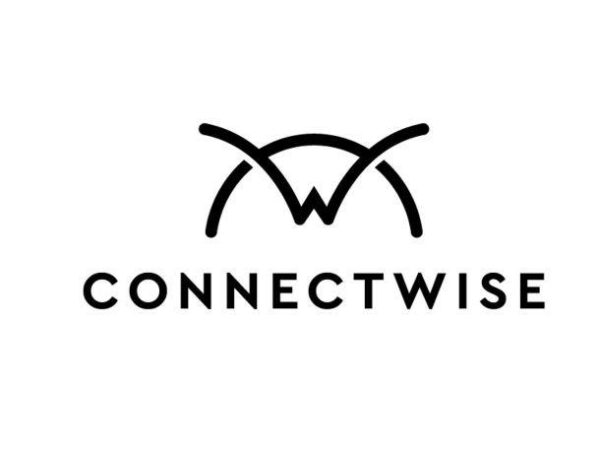Business Forms Management Association (BFMA) is recognizing Cybersecurity Month this October by sharing tips on security and risk relating to forms management. In the context of forms management, the occurrence of risk could result in undesirable impacts, affecting an organization’s business operations, loss of revenue, loss of clients and/or loss of reputation. Understanding how forms need to be designed and deployed so that privacy and security policies are implemented is critical knowledge for any business.
Ensuring security best practices are being implemented for critical forms in an organization involves putting into place definitions of security and privacy levels, restricted access to the forms catalog, portal or repository and to specific forms, and access to specific information contained in the filled-out forms. Security best practices also need to include encryption requirements, secure servers and assigning of rights. Additionally, BFMA notes that many electronic forms are held to higher standards of security and privacy, much more so than paper forms.
There are many design, production and deployment techniques that can be employed to implement forms security. Business analysts, forms analysts and forms designers should all be familiar with these and incorporate a security policy that implements the following:
- A secure server for deployment of electronic forms
- Ensure that electronic form data is encrypted during transmission
- Restrict access to secure paper and electronic forms to authorized personnel only
- Identify all forms that have value as “Secure Forms”
- Use secure features in the design of these forms, including microprinting, security paper stock, such as brown stain, black stain, visible and invisible fibers, watermarks and security inks, such as opaque white ink watermarks, florescent inks, thermochromic inks, double strike ink
- For electronic forms, use of hidden fields, read-only fields, write-only fields, logic branching and custom programming can enhance privacy and security within the individual form
- Ensure all embedded scripts are secure
- Implement a secure storage and distribution process for all secure forms
These actions can be taken to reduce a company’s exposure to risk. Additionally, BFMA recommends frequently updating a company’s security policy to specifically address evolving forms security requirements and develop procedures to ensure implementation of these policies in all forms design across the lines of business.
BFMA’s mission is to provide education, information and networking opportunities to the people who facilitate information exchange for enterprises. The association offers a “Forms Management Book of Knowledge” in electronic format that defines best practices and guidelines in forms management, including a detailed section on forms security. BFMA also offers a Certificate Program for professionals wishing to update their credentials and keep up to date on business processes around form management.
About BFMA
BFMA was founded in 1958. Radical changes have occurred in business since that time and those changes are reflected in their business processes and the forms that support them. With changes in products, terminology, technology and performance mandates, the working world today is very different from how it was when BFMA was founded. BFMA is the trailblazer when it comes to bringing together real-world enterprise forms management, content management and information management leaders to discuss the issues and challenges that practitioners face every day, giving actionable takeaways that make a difference.
_________________________
To become a subscriber, visit www.thecannatareport.com/register or contact cjcannata@cannatareport.com directly. Bulk subscription rates are also available upon request and included in our media kit.





